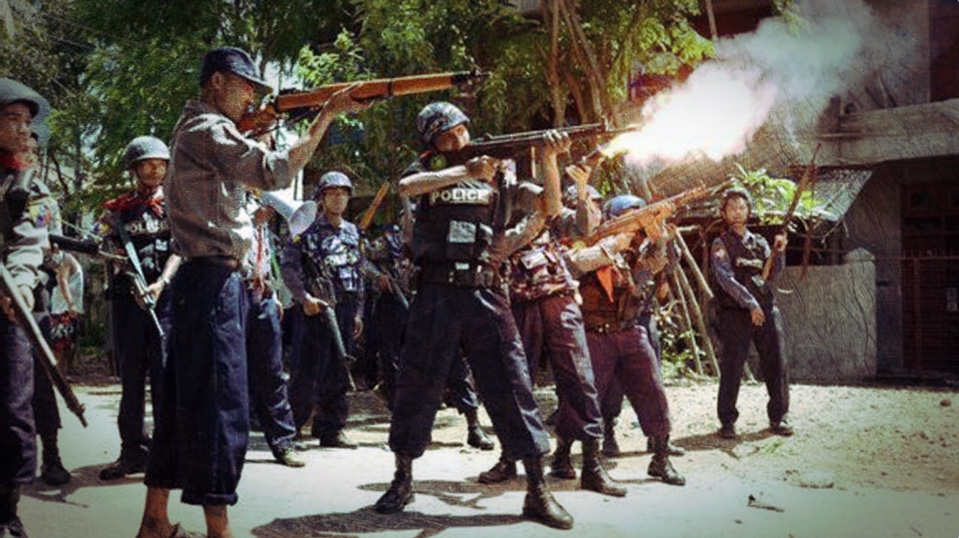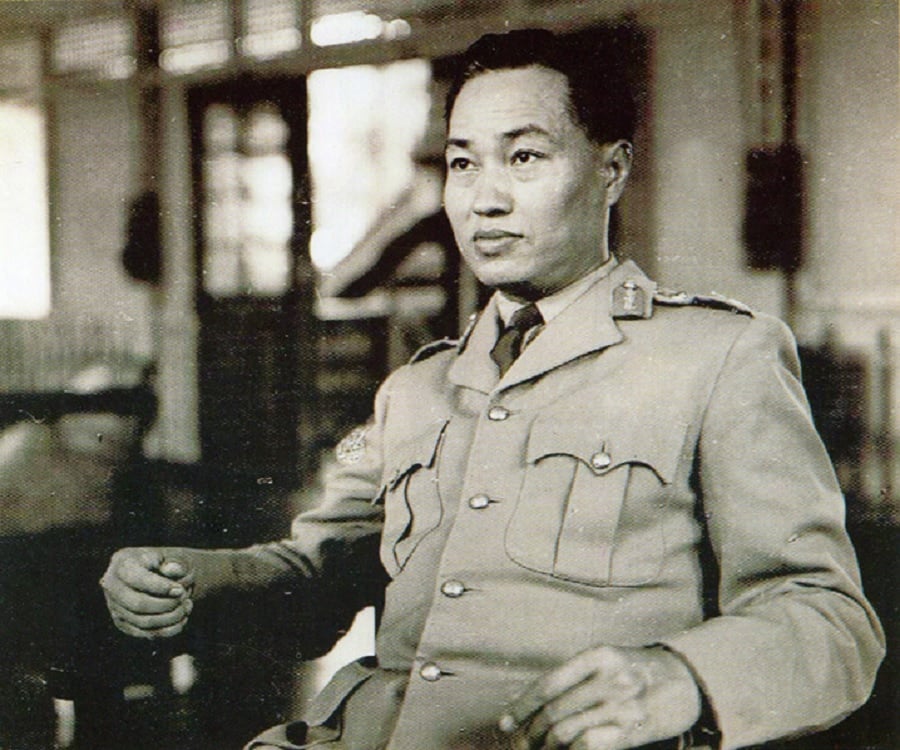
 Think Myanmar is a travellers paradise? Think again!
Think Myanmar is a travellers paradise? Think again!
Unbeknownst to many, Myanmar, formerly known as Burma, has been suppressing the rights of its citizens since the 1960's, a time in which it came under the military rule of the Tatmadaw army.
Since this time, ethnic minorities in the east of the country, have had their communities destroyed by military forces in what has been referred to as a ‘slow genocide’.

And the fact remains that not much is being done about the situation in Myanmar and it's only getting worse.
It is thought by many that the conflict began way back in the 1820's when the British invaded the area of Arakan during the colonisation of parts of Asia.
During this time Britain also invaded the wider Sub-Indian continent which forced several Muslims from India, Bangladesh and Pakistan to escape to Burma and, particularly, Arakan.
Years later, World War II broke out, meaning that when the British left the area, the Japanese entered. When this happened, Muslims and Buddhists of the same ethnicity started to clash and it eventually birthed the metaphorical and physical divide that still exists today in Arakan.
Nowadays, Buddhists mostly stick to South Aarkan and Muslims Rohingya in the North.

In 1948, civil war broke out between ethnic groups across Burma, when Muslims in North Arakan tried to push for an Islamic state. In 1959, things started to look up for Rohingya Muslims as Prime Minister U Ba Sue said that they were allowed to vote in the up and coming elections as they were part of the Burmese nation.
Unfortunately, by 1962 General Ne Win overthrew the government, creating a military coup and tried to enforce his ideology known as the 'Burmese Way to Socialism'. These ideas led to Burma isolating itself from the rest of the world, which forced people to look to the black market to supply their most basic needs.
As economic & political unrest broke out through the country, the rights of the Rohingya people (that had started to be built up) were destroyed, as people started to believe that they were not ‘pure Burmese’, despite having family going back generations.

In 1978, the real ethnic cleansing started to take place as Ne Win began Operation Naga Min (Operation Dragon King). The General planned to do a sweep of the country, checking people’s papers to get rid of any illegal foreigners in Burma.
Arakan, at this point, had been renamed Rakhine and with it being a border state, it was particularly focused on as part of the sweep and even more so, the Rohingya people became targets, subjected to rape, violence and murder.
Because of this, 250,000 Rohingya refugees travelled into bordering Bangladesh.

After reports to the United Nations in 1979 that this was happening, Rohingya Muslims were granted permission to go back home to Bangladesh, but they did not promise safety to the Muslim people of Burma.
In 1982, Ne Win enforced a law that only granted 135 races citizenship. The Rohingya were not on the list, therefore creating them ‘stateless’ and not even citizens of Burma, 800,000 people were affected.
In 1988 Ne Win resigned and Aung San Suu Kyi became the leader of the newly democratised country and proceeded to hand out citizenship cards. The Rohingya people were not given any cards.
They were, however, allowed to vote in the hope that their vote will side with the government at the time.
Things did not go to plan and because of this, in 1990, military presence became prevalent in North Rakhine, and demonstrations swept across the country, particularly, in North Rakhine.
Because of the demonstrations, in 1991 Pyi Thaya Operation (Operation Clean and Beautiful Nation) was launched, and the rape, abuse, forced labour, destruction of property, seizing of land, harassment and murder of the Rohingya people occurred once again.

Refugees once again rushed into Bangladesh where 20 refugee camps were created to home 250,000 Burmese. Despite this, there was not enough room for people and 50,000 refugees had to return to Burma where they were unprotected.
Rohingya people were no longer recognised as citizens once again, children were denied birth certificates and Islamic marriages were banned.
In 1994 and 1995, people were allowed to return but were still not accepted as citizens of the country and a couple of years later, growing reports of violence and forced labour started to reoccur. Once again, people tried to escape to Bangladesh, but this time they were refused refugee status.
As recent as 2001, Mosques were destroyed in Burma and the Rohingya people were given travel bans and told there was a restriction on the number of children they could have.
People have even tried to escape to Thailand but were denied. Thailand thus created a policy that, quite literally, pushed back boats with Rohingya people in them.

Meanwhile, in 2010 in Bangladesh, officials start to hunt down any illegal people from Myanmar and began to drive them out. At this point, 300,000 Rohingya Muslims are either in refugee camps or without citizenship.
More recently, in 2011, there is still more unrest against minorities in the country. The Rohingya Muslim population, are still having their rights taken away from them, and their people are needlessly slaughtered.

This detestable cleansing regime, comparable to the holocaust, has also seen villages burned to the ground.
This timeline of destruction against an undeserving minority is disgusting beyond words, but what makes it even more fucked-up is that the government are claiming to have ‘no evidence’ of such genocide. And with world leaders in the west not doing anything, Rohingya Muslims are fleeing the country that they once called home.
As tales become more widespread, the world is slowly awakening to what is happening in a country that is boasting a rising democracy and increased levels of tourism, despite the fact that this nation’s people have been described as some of the most persecuted in history!
